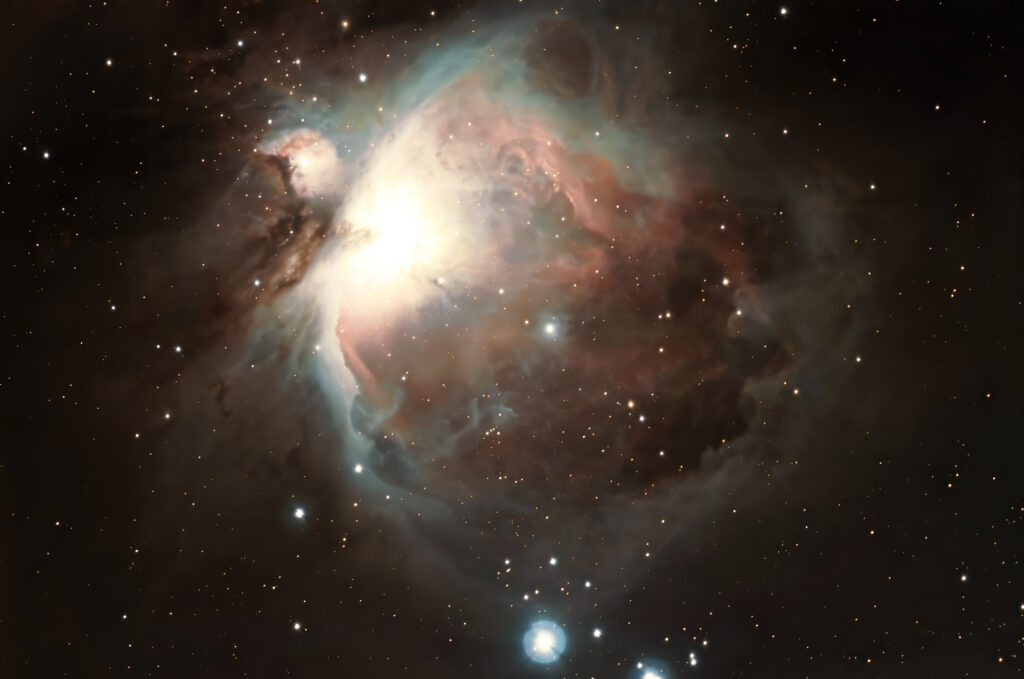
Figure 1 – Messier 42 – the Great Orion Nebula, Jan. 1 , 2025, Sudbury, MA (c) DEWolf 2025
As I write, I am looking out at a foot of snow; now turning to rain and misery. There are no clear skies, which has been common this winter – drives one to thought. And I am thinking about the deep sky glories of the northern winter sky.
Most dramatic of these is most certainly is Messier 42 the Great Nebula in Orion. This must be called a cosmic marvel and has fascinated astronomers for centuries. But what exactly makes this nebula so captivating? Messier 42 is a massive cloud of gas and dust located in the constellation of Orion, approximately 1,344 light-years away from Earth. It’s the closest region of massive star formation to our planet, making it a perfect laboratory for studying how stars—and planetary systems—are born. The nebula spans about 24 light-years across and contains a vast number of stars at various stages of their life cycle. It is often referred to a stellar nursery, where young stars are born from the surrounding gas and dust.
The Orion Nebula is easy to spot with the naked eye and can be found just below the three stars that form Orion’s “belt.” It is one of the brightest nebulae in the sky, with a distinct, glowing appearance. This is due to the ionized hydrogen gas in the nebula, which emits a characteristic red glow when exposed to the ultraviolet radiation from nearby hot young stars. Seeing the color in deep-sky objects often require the collecting power of a telescope or binoculars.
Within the vast expanse of Messier 42, hundreds of young stars are in the process of being born. The nebula’s high concentration of gas and dust provides the perfect conditions for new stars to form. The energy from the intense ultraviolet light emitted by the newly formed stars heats the surrounding gas, causing it to glow brightly. This interaction between newly born stars and the gas around them creates a stunning cosmic display.
The most massive and brightest stars within the Orion Nebula are located at the nebula’s heart, within a small region known as the Trapezium. These stars are hot, young, and full of energy, and their radiation creates the ionized gases that give the nebula its characteristic glow. Interestingly, some of the stars in the Trapezium are only a few million years old, which is extremely young in stellar terms. Over the next few million years, the Orion Nebula will continue to evolve, with stars being born, dying, and scattering heavier elements into the surrounding space.
With smart telescopes the scene always starts out a bit real-time weak. And then for M42 in particular, the first integrated image of typically ten or twenty seconds comes through and “bam!!!” There’s that word again. You are suddenly greeted with a bright and spectacular image. Let it integrate for a half hour or more and you have a image of beauty. Figure 1 is a 30 min, 180 exposure image on the Celestron Origin, one of my “first light” images. I now would do at least twice as long.
But, you know, I remember as a teenager standing by New York’s East River and wondering what it would be like to see these great Messier objects against an unpolluted sky. It is truly magical!
